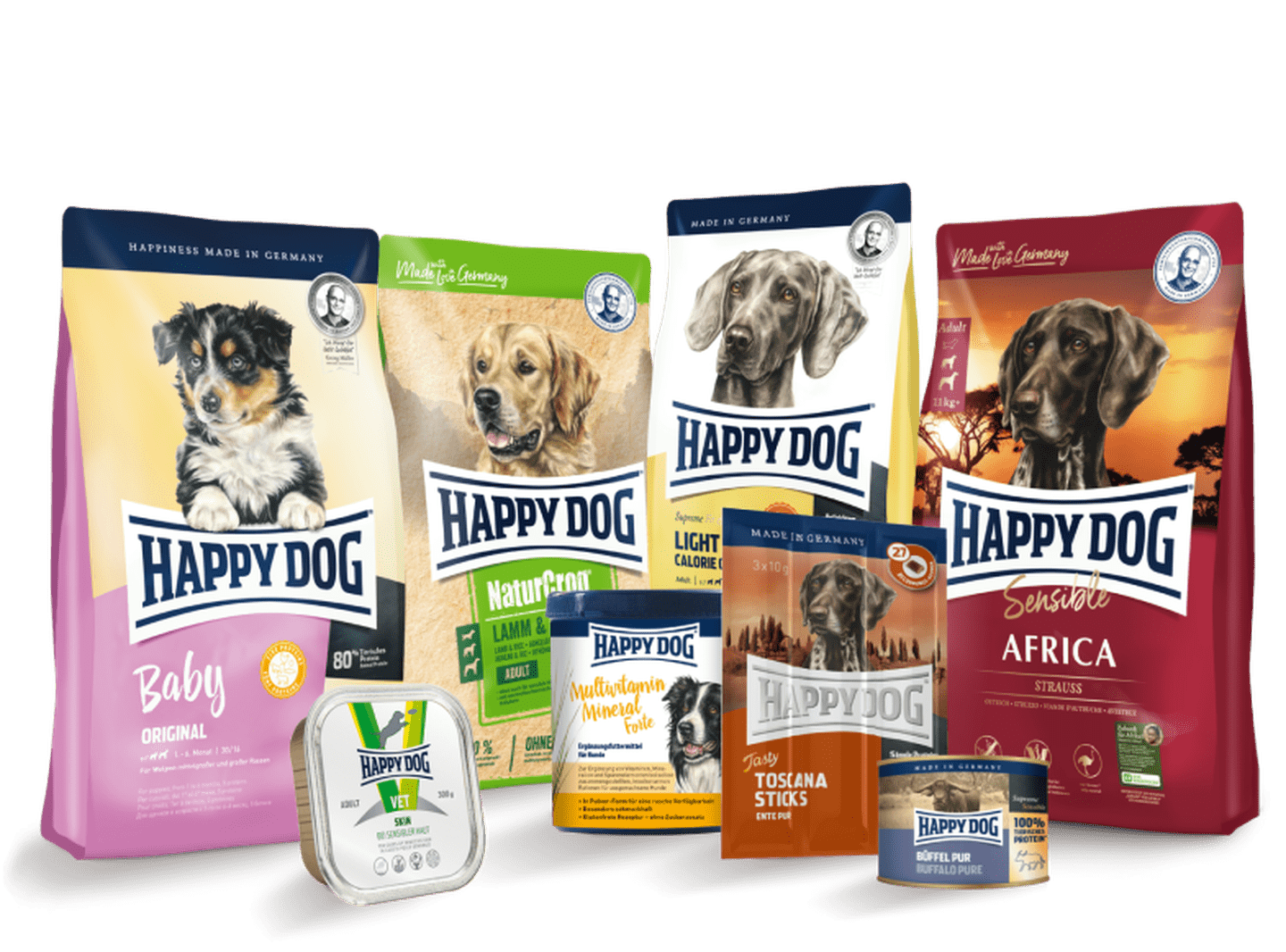
How Much Meat Does Your Dog Need? Understanding
Meat Content in Dog Food
While some dog owners feed their dog a vegetarian diet, others only feed their four-legged friend meat.

How Much Meat Does Your Dog Need? Understanding Meat Content
in Dog Food
While some dog owners feed their dog a vegetarian diet, others only feed their four-legged friend meat.
Understanding Dog's Meat Consumption
Dogs' dietary needs often lie between two extremes, and many pet owners wonder about the right amount of meat for their furry friends. Dive into what constitutes a balanced diet for dogs and the role meat plays in it.

"Every dog needs meat!" You've likely heard this statement from fellow dog enthusiasts. True, dogs descended from wolves, primarily meat-eaters. However, domestic dogs of today have evolved over tens of thousands of years, adapting their systems to different diets and energy requirements.
Unlike their wild ancestors, most domestic dogs don't need to cover vast distances daily. The average family dog might cover seven to eight kilometres, requiring a moderate energy supply. This means a balanced mix of meat, carbohydrates, and fibre is essential.
Benefits of Fresh Meat in Dog Food
What's the secret to feeding your dog a balanced diet? Introducing the Natural Life Concept® by Happy Dog.

At Happy Dog, we prioritise:
* High-quality animal proteins from meat and offal
* Up to 90% of purely animal protein in our dry food—much higher than many competitors
* Optimal carbohydrates from sources like potatoes or grains
* Essential fibres, vitamins, and minerals
Inspired by the dog's lineage from the wolf, we created the Happy Dog Natural Life Concept®. Tailored to modern dogs, this scientifically-backed approach provides a perfect blend of nutrients, supporting metabolism and overall health. We enrich our foods with natural ingredients like herbs, apples, mussels, and linseed, ensuring your pet leads a long, active life.
Decoding Meat Content in Dog Food Labels
Ever wonder what "meat content" on dog food labels means? The term isn't scientifically defined, leading to varied interpretations on packaging. The meat percentage depends on whether fresh or dried ingredients are used.
* Fresh meat typically contains about 70% water.
* Drying processes, essential for producing dried
dog food, remove most of the water, leaving about
30% dried meat. Therefore it's more eco-friendly and
sustainable for transportation and storage.
Comparing recipes can be challenging. For example, an 80/20 diet with 80% fresh meat translates to just 24% on a dried basis. A simple way to calculate: multiply the fresh meat percentage by 0.3. Conversely, to derive the fresh content from dried, divide by 0.3.
At Happy Dog, transparency is our ethos. We specify the actual dried meat proportion, meaning our meat content is genuinely higher than it appears.
Happy Dog Piemonte
Composition:
Duck protein* (26%), sweet chestnut meal (26%), pea starch, poultry fat, beet pulp* (desugared), fish meal from deep-sea fish (4%), hydrolysed liver, sunflower oil, linseed (1.3%), apple pomace* (1.2%), potassium chloride, rapeseed oil, yeast*, sodium chloride, seaweed*, mussel meat* (0.1%), yeast extract*, milk thistle, artichoke, dandelion, ginger, birch leaves, stinging nettle, camomile, coriander, rosemary, sage, liquorice root, thyme (total dried herbs: 0.15%); *) dried. Metabolisable energy/ME: 1550 KJ/100 g; 3700 Kcal/kg
If you add the water back into the 26% dried Duck protein you end up with a meat content on 87%
Understanding Meat Content in Happy Dog Food
Happy Dog is committed to premium quality when it comes to our dog food. We source meat and nutrient-packed offal from freshly slaughtered, food-grade animals. Our focus is ensuring your dog benefits from a high proportion of animal proteins, which are more beneficial than vegetable proteins. In fact, up to 90% of the total protein in Happy Dog food is derived from animal sources. Dive deeper into the diverse range of Happy Dog dry foods we offer.
High Meat Content in Our Wet Dog Food
Our commitment extends to our wet dog food range as well. Crafted with a significant amount of meat, it guarantees to meet your pet's dietary needs. With over 10 distinct varieties of our meat-rich wet food, you're sure to find a flavour that resonates with your pet's palate.
Grain-Free Options Packed with Meat
Does your dog have a sensitive stomach or has been diagnosed with a food intolerance? Our grain-free offerings might be the perfect fit. Despite being grain-free, these recipes are rich in meat to ensure your dog's protein intake isn't compromised. Many of these foods focus on a single animal protein source (mono-protein) and are crafted using potatoes.
If your furry friend is intolerant to potatoes, we've got you covered. Our Happy Dog Sensible Piemonte product utilise Italian chestnuts as the sole carbohydrate source. Explore our range of grain-free dog foods here.
Comparing Dry and Wet Dog Food: A Deep Dive
Water content in pet foods can complicate comparisons, especially when looking at nutrient percentages. For an accurate comparison, one should consider the dry matter (DM)—the nutrient amount in a completely dry state.
Example: Comparing protein content between two kidney diets, A (dry food) and B (wet food):
- Kidney Diet A (dry food): Contains 10% moisture, 12.5% crude protein.
Calculation:
100% original feed - 10% moisture = 90% Total Dry State.
12.5 (crude protein) / 90 x 100 = 13.8% crude protein in the Total Dry State.
- Kidney Diet B (wet food): Contains 61% moisture and 6.8% crude protein.
Calculation:
100% original feed - 61% moisture = 39% Dry Matter.
6.8 (crude protein) / 39 x 100 = 17.4% crude protein in the Total Dry State.
This example illustrates that the wet food's protein content is much higher than it first seems. Converting the numbers is essential for a meaningful comparison between wet and dry foods.
Ready to offer your pet the best in nutrition? Explore Happy Dog's complete range today!

